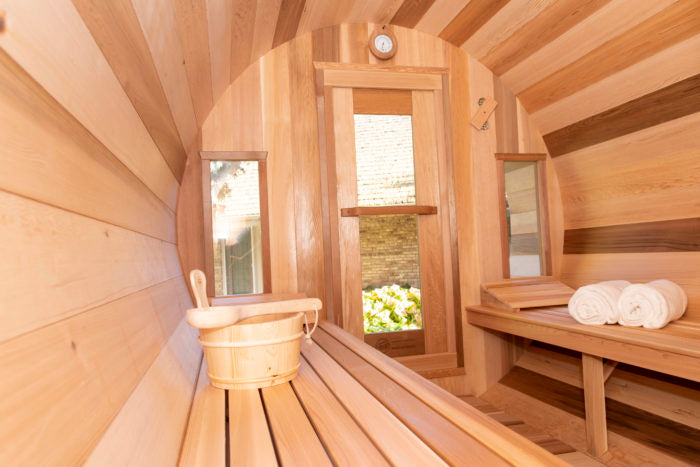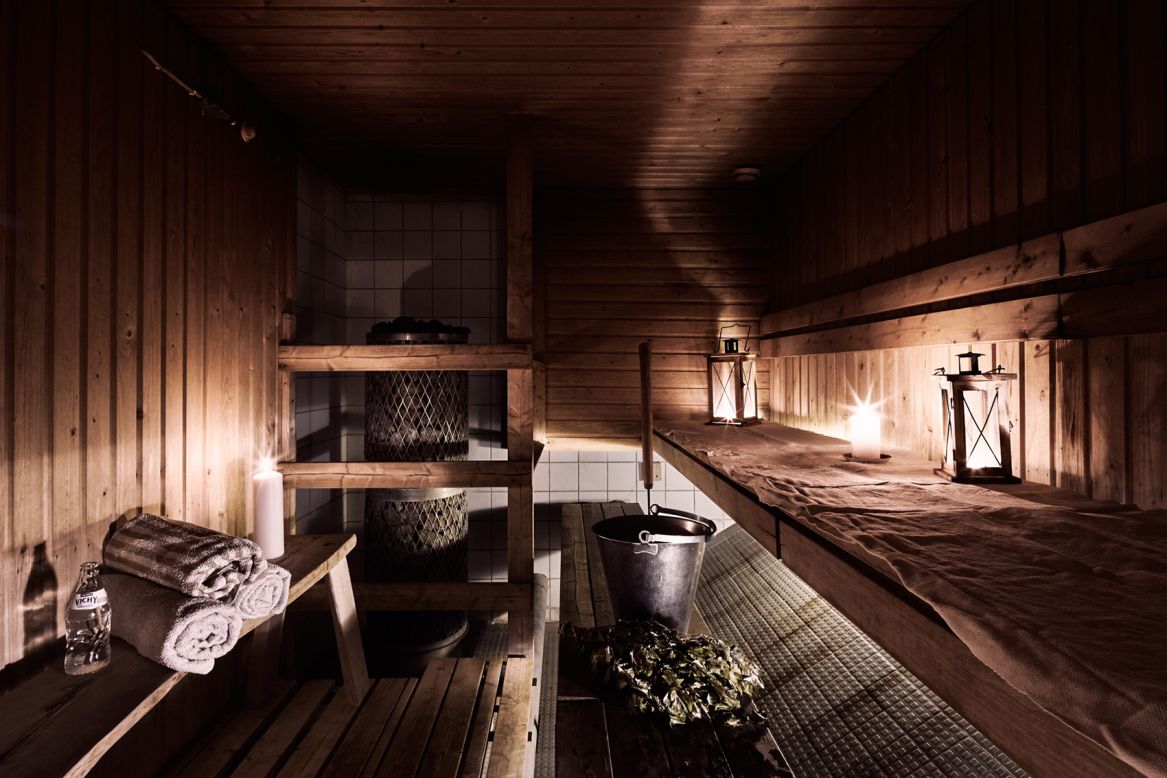The Best Guide To Traditional Sauna
The Best Guide To Traditional Sauna
Blog Article
The Best Guide To Traditional Sauna
Table of ContentsThe Basic Principles Of Traditional Sauna Traditional Sauna Things To Know Before You Get ThisThe Main Principles Of Traditional Sauna 9 Easy Facts About Traditional Sauna Shown
The majority of the weight shed in a sauna is water loss and is re-gained upon rehydrating. Without a doubt sauna can be an important component of a healthy and balanced weight loss program. To take a look at the differences between traditional and IR saunas, I will certainly separate these into verifiable, theoretical, and fabricated distinctions.Hence, the best point in the saunawhich is at the ceiling directly above the sauna heateris normally between 185 and 190 F. Traditional Sauna. Claims that a typical sauna surpasses 200 F is merely not real and not suitable for electric saunas marketed in the United States. The temperature level for a far-infrared sauna is typically established in between 120 and 140 F; however, unlike the standard sauna, the objective in and IR area is not to attain a high temperature level
Since of this, the temperature distinction is nearly unimportant, since extreme sweating leads to both sauna kinds, yet the technique of warming the body is various. In an IR sauna the bather will really feel hot and will certainly sweat profusely, but at much reduced temperatures. Hence, if the goal is to spend longer amount of times in the sauna, the IR sauna is a great choice.

Traditional Sauna - The Facts
When the heat is achieved, the elements cycle on and off to preserve the high temperature level. A lot of traditional sauna users delight in pouring water over the rocks to create heavy steam to increase sauna humidity levels. The benefits of putting water over the rocks consist of: making the space a lot more comfortable, moistening the nasal passages, and allowing the usage of aromatherapy by blending essential oils with the water.
In a far-infrared sauna, the warm front pass through the body to effectively warm the body and raise the body core temperature. To achieve this increased temperature, Far-infrared emitters produce infrared energy which is close to the same wavelength as that which the body naturally emitsoften referred to as the "Essential Range" of 7 to 14 microns), so the energy is well obtained by the body.
When the energy gets in the body, it triggers the body temperature level to increase and ultimately results in perspiration. In an infrared sauna it is essential for the emitters/heaters to continue this to be on almost continuously. Considering that there is no mass of rocks to maintain warmth, the sauna will certainly cool if the emitters shut off.
As mentioned over, the sauna bather in an infrared area desires to position himself in front of operating emitters to get optimal advantage from the warm. The heating time for both areas can be extremely different, relying on exactly how the spaces are made use of. For a standard sauna, a bather needs to allow 30-40 mins for the space to attain a desired temperature level and to effectively pre-heat the rocks.
The Best Guide To Traditional Sauna
A well built sauna will commonly attain a temperature of 150-160 F in regarding 30-40 minutes. For hotter temperatures, the space might require to heat for a longer duration.
To some, 15 mins was "lost" while the infrared energy heated the timber panels instead of heating up a body, while others locate a pre-heated space to be extra comfy and think a raised beginning temperature level is needed to start sweating. The size of advised usage for each room is roughly the exact same (10-15 mins per session); nonetheless, as a result of the reduced air temperature levels and the capacity to really feel the impacts of infrared warmth much faster than a standard sauna, it is not unusual for a person to spend a total of 20-30 minutes in an infrared sauna.
Typical saunas often tend to be bigger (for this reason utilize more electrical energy) than infrared saunas, although standard saunas are pop over to this web-site certainly available in one and 2 individual dimensions. For a two-person standard sauna, 5x6 or 5x7 size is most preferred. The top bench can easily seat 2 or three people and is additionally enough time to relax throughout the sauna session.


The ordinary price per kWH of electricity in the U.S. is about $0.11, so a 4.5 kW heating unit will certainly cost around $.50 to run for one hour, if the check this heating system runs constantly for one hour. Usually a sauna heating system will certainly run for 75% of the initial hour and 50% of subsequent hours on given that the elements cycle once the set temperature level is accomplished.
The Best Strategy To Use For Traditional Sauna
A 2 individual far-infrared area is typically physically smaller than a typical sauna, frequently regarding 4' x 4' or smaller. The IR heating unit is normally 1.5-1.7 kW using a 120 volt 15 amp plug-in service. Because the space can be utilized faster than a sauna area, we will certainly think the room is used for to of an hour including warm up time.
Finally, there is a seldom talked about difference in the social experience in between both spaces. While our culture has actually lost several of the social advantage of the conventional sauna experience, it can be really socially fulfilling. From family time in the sauna, to heart-felt conversations with considerable others, to sauna partiesthe traditional sauna experience can cause intimate mingling.
The majority of greater end infrared rooms consist of tinted light therapy, stereo and full-glass fronts. The size of the majority of spaces enable 2 individuals to comfortably use the space, while some styles might enable a 3rd or fourth individual to make use of the area. Custom infrared areas are additionally readily available, with area dimensions readily available up to 7' x 8' x 7' high.
Report this page